14 Of The World’s Best Dinosaur Museums
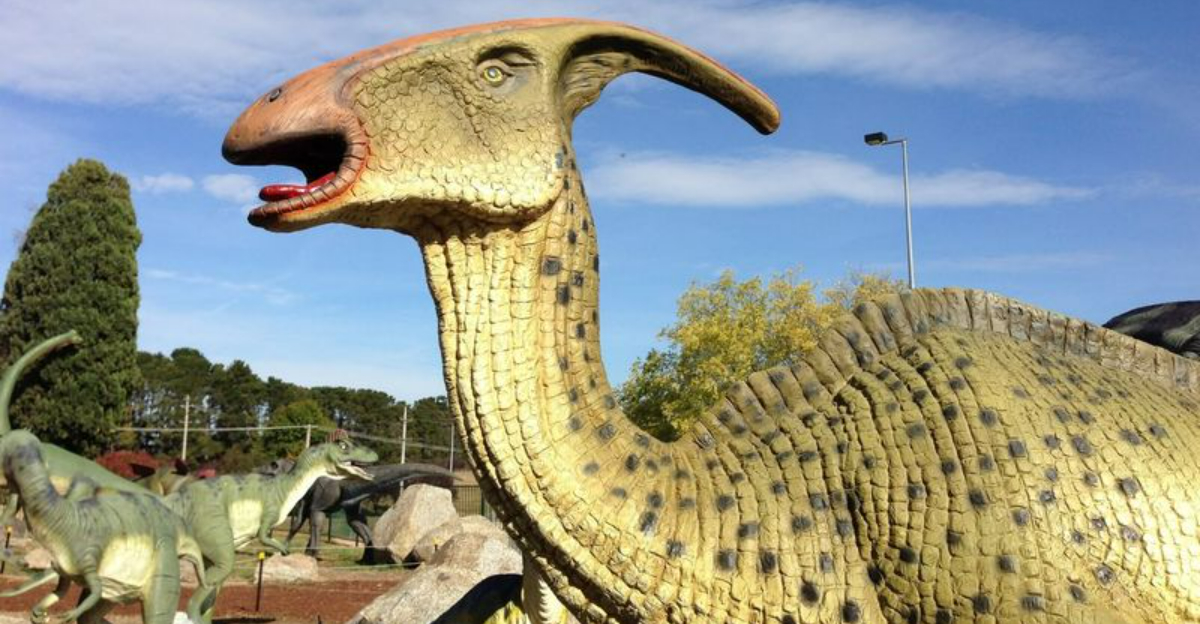
Have you ever wondered where to see the most incredible dinosaur fossils on Earth? Dinosaur museums aren’t just educational – they’re gateways to prehistoric worlds that once dominated our planet.
From massive T-Rex skeletons to tiny fossilized footprints, these spectacular institutions bring ancient creatures back to life through cutting-edge exhibits and groundbreaking research.
1. American Museum of Natural History (New York, USA)

Standing among the towering dinosaur skeletons at this iconic museum makes me feel like I’ve traveled back in time. The famous Fossil Halls house one of the world’s greatest dinosaur collections, including the imposing Tyrannosaurus rex and the 122-foot-long Titanosaur that barely fits in its gallery!
Kids especially love the interactive displays that explain how these massive creatures lived and disappeared. Since opening its dinosaur exhibits in the early 1900s, this museum has inspired generations of paleontologists and dinosaur enthusiasts.
2. Natural History Museum (London, UK)
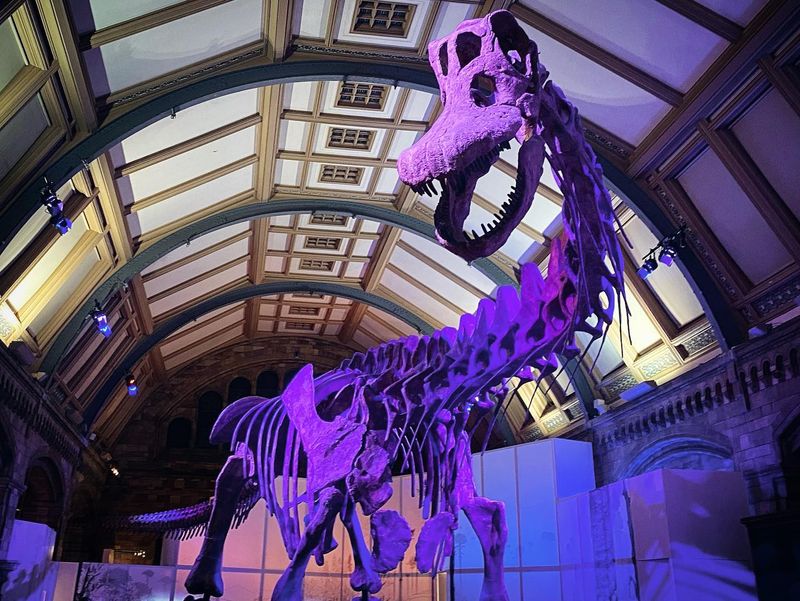
Walking through the dinosaur gallery here feels magical every time. The museum’s collection includes the first dinosaur ever identified by science – the Megalosaurus – alongside spectacular specimens like Dippy the Diplodocus, a beloved icon that has greeted visitors since 1905.
What makes this place special is how they blend cutting-edge science with Victorian architecture. The animatronic T. rex might startle you with its realistic movements! With over 80 million specimens spanning billions of years, you’ll discover far more than just dinosaurs during your visit.
3. Royal Tyrrell Museum (Alberta, Canada)

Nestled in Alberta’s badlands, this museum sits right where many of its specimens were discovered! I’m always amazed by their collection of over 160,000 fossils, including 40 complete dinosaur skeletons that tell the story of prehistoric Alberta.
The Dinosaur Hall showcases incredible specimens like Black Beauty, one of the most complete T. rex skeletons ever found. What sets this museum apart is its location – you can take a hike through the surrounding badlands after your visit and see the actual terrain where paleontologists make discoveries every year.
4. Zigong Dinosaur Museum (Sichuan, China)
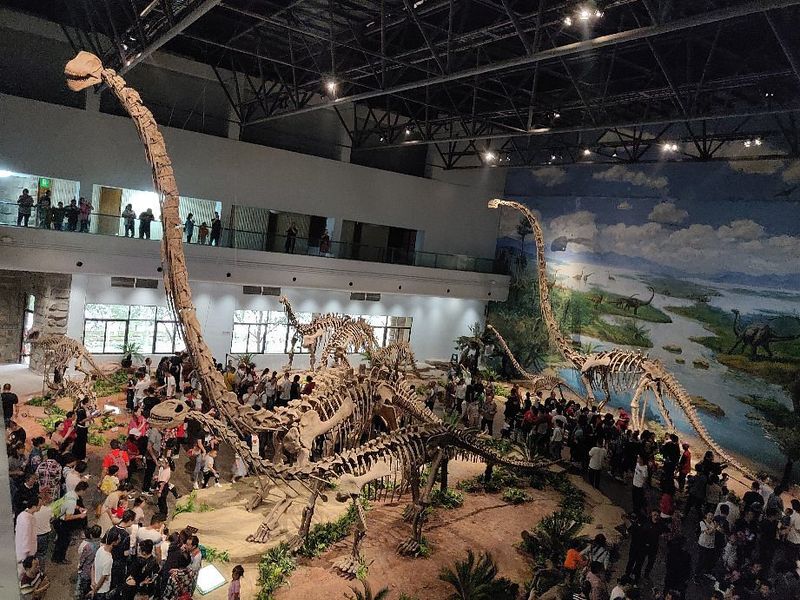
Built atop an actual dinosaur fossil site, this unique museum offers something you won’t find anywhere else. Many of the specimens remain exactly where they were discovered, creating an eerie time capsule of a mass dinosaur extinction event that happened millions of years ago.
The museum houses over 30 complete dinosaur skeletons including the massive Mamenchisaurus with its incredibly long neck. I love how the exhibits explain China’s rich paleontological heritage while letting you witness fossils in their original burial positions. It’s like being at an active dig site!
5. Field Museum (Chicago, USA)

Meeting SUE, the largest and most complete T. rex ever discovered, is an unforgettable experience at this world-class institution. Standing 13 feet tall at the hip with 58 dagger-like teeth, this 67-million-year-old predator dominates the main hall.
Beyond SUE, the museum’s Evolving Planet exhibit takes you on a 4-billion-year journey through life on Earth. The newest addition, Máximo the Titanosaur, stretches 122 feet from head to tail! What I appreciate most is how the museum balances scientific rigor with exhibits that captivate visitors of all ages.
6. Fernbank Museum of Natural History (Atlanta, USA)
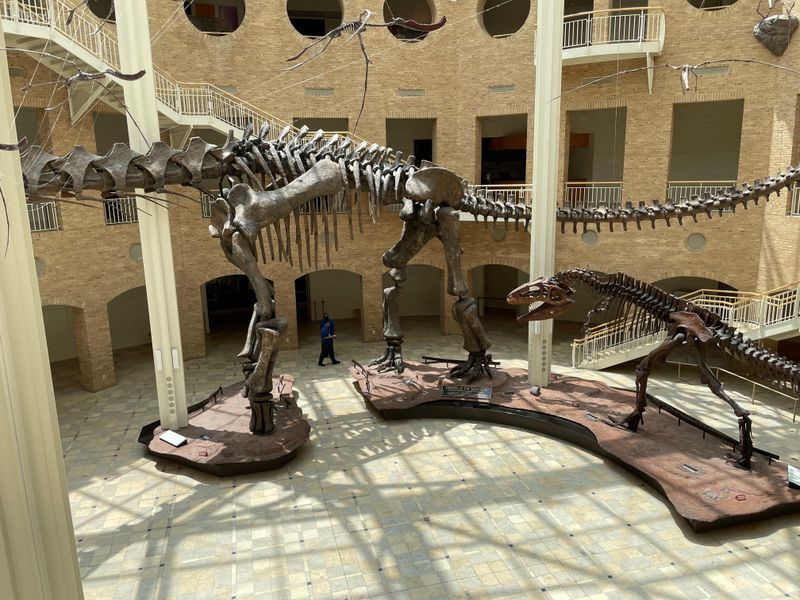
Giants of the Mesozoic will take your breath away as you enter this Atlanta gem. The centerpiece features a breathtaking battle scene between Argentinosaurus and Giganotosaurus – some of the largest dinosaurs ever discovered.
What makes Fernbank special is how they place dinosaurs in context with realistic habitats. Their interactive NatureQuest exhibit is perfect for younger dinosaur enthusiasts who want hands-on experiences. After exploring the indoor exhibits, don’t miss WildWoods and Fernbank Forest where outdoor trails connect you with nature today.
7. Jurassic Land (Istanbul, Turkey)

Unlike traditional museums, this interactive dinosaur park blends education with entertainment in surprising ways. Life-sized animatronic dinosaurs roar and move as you walk through realistic Jurassic environments, creating an immersive experience that feels part theme park, part science center.
Kids can become paleontologists at the fossil dig site or watch a 6D dinosaur film that brings these creatures to life. Though newer than some historic institutions, Jurassic Land offers a fresh approach to dinosaur education. The combination of scientific information with sensory experiences makes prehistoric life accessible to visitors of all ages.
8. National Dinosaur Museum (Canberra, Australia)
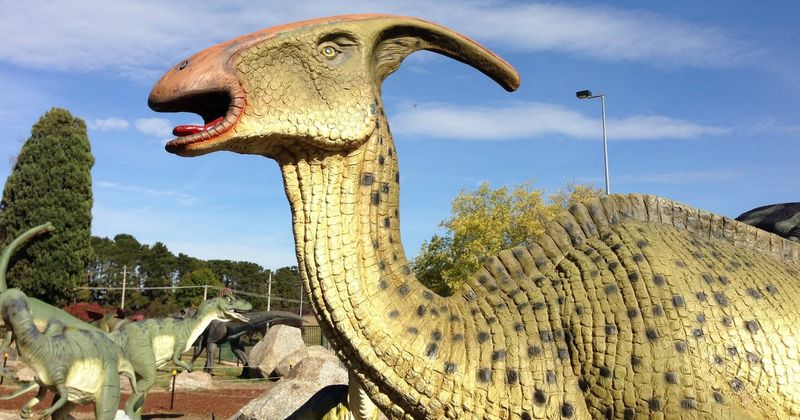
Australia’s prehistoric creatures take center stage at this fascinating museum where you’ll discover unique dinosaurs that once roamed the southern continent. The collection includes fossils found nowhere else on Earth alongside life-sized models that show how these animals appeared in life.
My favorite exhibit explores how dinosaurs adapted to the ancient polar environment of prehistoric Australia. The museum’s outdoor Dinosaur Garden features 23 life-sized models set among plants similar to those from the Mesozoic Era. For hands-on learners, their guided tours let you touch real fossils and learn about the science of paleontology.
9. Fukui Prefectural Dinosaur Museum (Fukui, Japan)
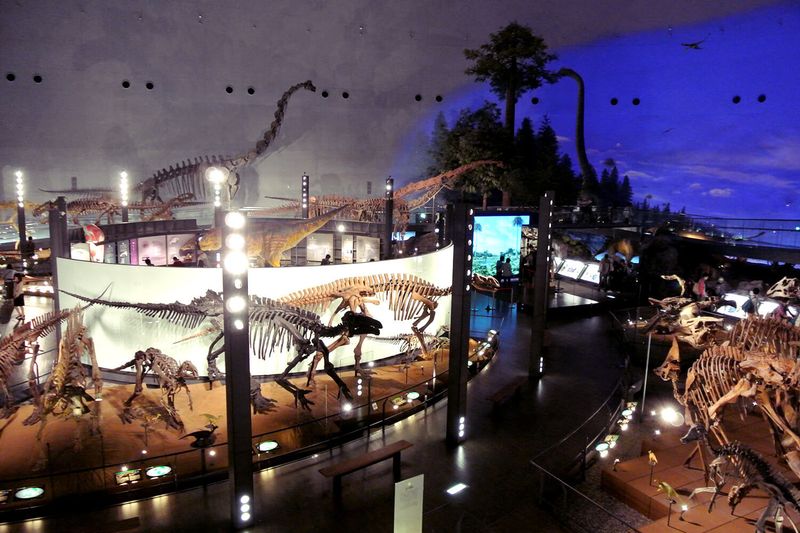
Shaped like a massive egg, this architectural marvel houses one of Asia’s most impressive dinosaur collections. Japan has become a hotspot for dinosaur discoveries, and this museum showcases many specimens found locally in Fukui Prefecture.
The central Dinosaur Hall displays over 40 complete skeletons in dynamic poses that capture movement and behavior. I’m always impressed by their attention to scientific accuracy combined with artistic presentation. The museum excels at explaining dinosaur evolution through interactive exhibits where you can touch fossil replicas and see paleontologists at work in the visible laboratory.
10. Wyoming Dinosaur Center (Thermopolis, USA)
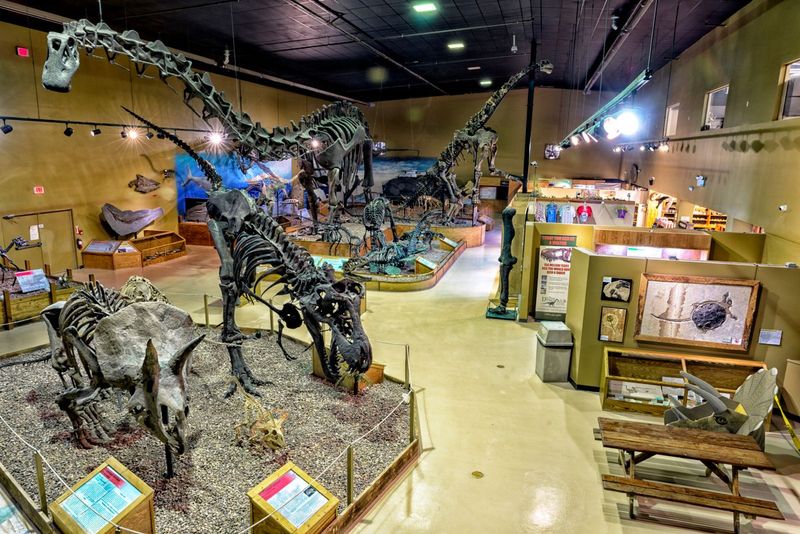
How often do you get to dig for actual dinosaur fossils? This unique museum offers “Dig for a Day” programs where visitors join real excavations at active dig sites just minutes from the main building.
Inside, you’ll find over 30 mounted dinosaur skeletons including a 106-foot Supersaurus – one of the longest dinosaurs ever displayed. The museum sits on land rich with fossils from the Jurassic period. What makes this place unforgettable is the combination of world-class exhibits with hands-on field experiences that let you participate in real paleontological research.
11. Museo Argentino de Ciencias Naturales (Buenos Aires, Argentina)

South America’s dinosaurs were among the largest creatures ever to walk the Earth, and this museum showcases these giants in spectacular fashion. The paleontology hall features impressive specimens like Argentinosaurus, potentially the heaviest land animal of all time.
Argentina has become famous for its titanosaur discoveries – massive long-necked dinosaurs that dominated the southern continents. What fascinates me about this museum is how it connects dinosaur exhibits to the broader story of evolution and South American natural history. Their collection spans everything from tiny fossils to massive reconstructed skeletons that tower above visitors.
12. Dinosaur Provincial Park Visitor Centre (Alberta, Canada)

Imagine walking the same ground where hundreds of complete dinosaur skeletons have been discovered! This UNESCO World Heritage Site combines a museum with the actual badlands where many famous specimens were found.
The Visitor Centre houses exhibits explaining the park’s rich fossil heritage, but the real experience comes from guided tours through the surrounding landscape. You’ll see actual bone beds where fossils continue to erode from the stunning striped hills. For serious dinosaur enthusiasts, their summer paleontology programs let you camp in the badlands while learning excavation techniques from experts.
13. Museum für Naturkunde (Berlin, Germany)

Home to the tallest mounted dinosaur skeleton in the world, this historic museum will leave you speechless. The 13-meter-tall Giraffatitan (formerly called Brachiosaurus) has greeted visitors since 1937 and remains one of the most impressive dinosaur displays anywhere.
Beyond this giant, the museum houses the first Archaeopteryx fossil ever discovered – the famous “Berlin Specimen” that helped prove the evolutionary link between dinosaurs and birds. The collection spans 30 million objects! I particularly love their innovative digital exhibits that use projection mapping to bring static fossils to life, showing how these animals moved and behaved.
14. Iziko South African Museum (Cape Town, South Africa)

Did you know that Africa has its own unique dinosaur species? This historic museum showcases fascinating creatures like Heterodontosaurus and other dinosaurs that evolved separately on the ancient southern supercontinent of Gondwana.
The African Dinosaurs exhibit explains how paleontology in South Africa has contributed to our understanding of dinosaur evolution. What makes this collection special is its focus on the Karoo Basin fossils, which document not just dinosaurs but the earlier reptiles that eventually evolved into them. Their displays connect prehistoric life to the broader story of African natural history.
